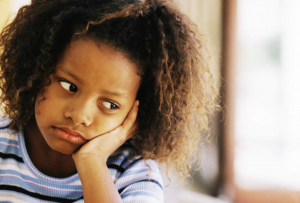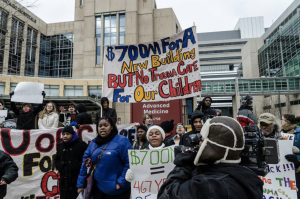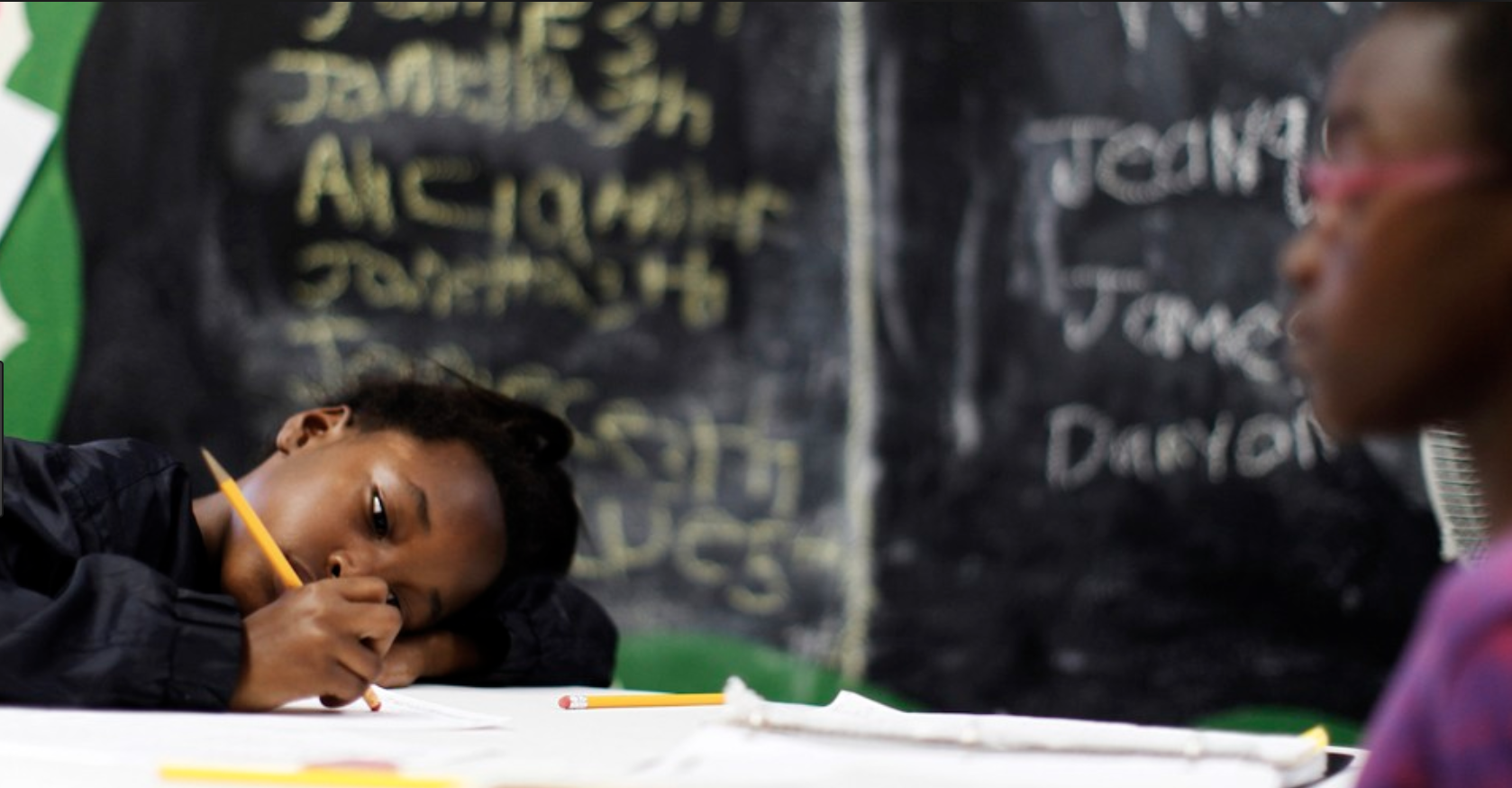
The Problem
Young people, especially minorities from poor urban neighborhoods, are often labeled as “trouble-makers” for disruptive behavior and lack of focus and motivation in school. Historically, schools’ responses to “trouble-makers” have been suspensions, expulsions, and harsh penalties, which remove students from schools so that they can ‘learn’ from their behavior. This is problematic since many of these presumed “trouble-makers” actually suffer from trauma, which alters brain development and impairs their cognitive and emotion regulatory capacities. As such, young minorities end up being punished for actions that are beyond their control. Additionally, the youth most likely to experience traumatic stress are also the least likely to have access to resources and support, which are crucial for individual and community healing.

https://www.thenation.com/article/why-put-trauma-centers-where-no-one-gets-shot/
Students who attend inner-city schools experience trauma and punitive punishments at higher rates than any other group of young people. These “trouble-makers” have the greatest need for medical assistance and community support, but they are the least likely to receive it on account of limited access to medical resources and inadequate knowledge of trauma and the mental, emotional, and physical effects of traumatic stress on individuals and their violence-exposed neighborhoods and schools.
When teachers, parents, and other relevant entities in these communities fail to recognize and understand students’ behavior as a product of traumatic stress, they inevitably overlook the problem at hand: students who experience trauma psychologically and physically suffer, and thus have limited control of their actions. If symptoms go unidentified, schools, communities, and government institutions surrender the opportunity to help a student and community overcome stress that is holding them back.
Growing up under the stress of poverty and violence has a significant impact on students’ well-being and social and academic success. Although public education cannot fix poverty or protect students from traumatic stress, public education plays a crucial role in reducing the impact of traumatic stress on the developing brains of the young people affected by adverse experiences. Beyond schools, educative programs and organizations can train community members how to recognize and respond to trauma, thereby limiting the impact of trauma and inadvertently building more resilient and empowered communities.

The Most Common Causes of Childhood Trauma
- Accidents
- Bullying/cyberbullying
- Chaos or dysfunction in the house
- Death of a loved one
- Domestic violence
- Emotional abuse or neglect
- Incarcerated parent
- Parent with a mental illness
- Physical abuse or neglect
- Separation from a parent or caregiver
- Sexual abuse
- Stress caused by poverty
- Substance abuse
- Sudden and/or serious medical condition
- Violence (at home, at school, or in the surrounding community)
- War/terrorism
